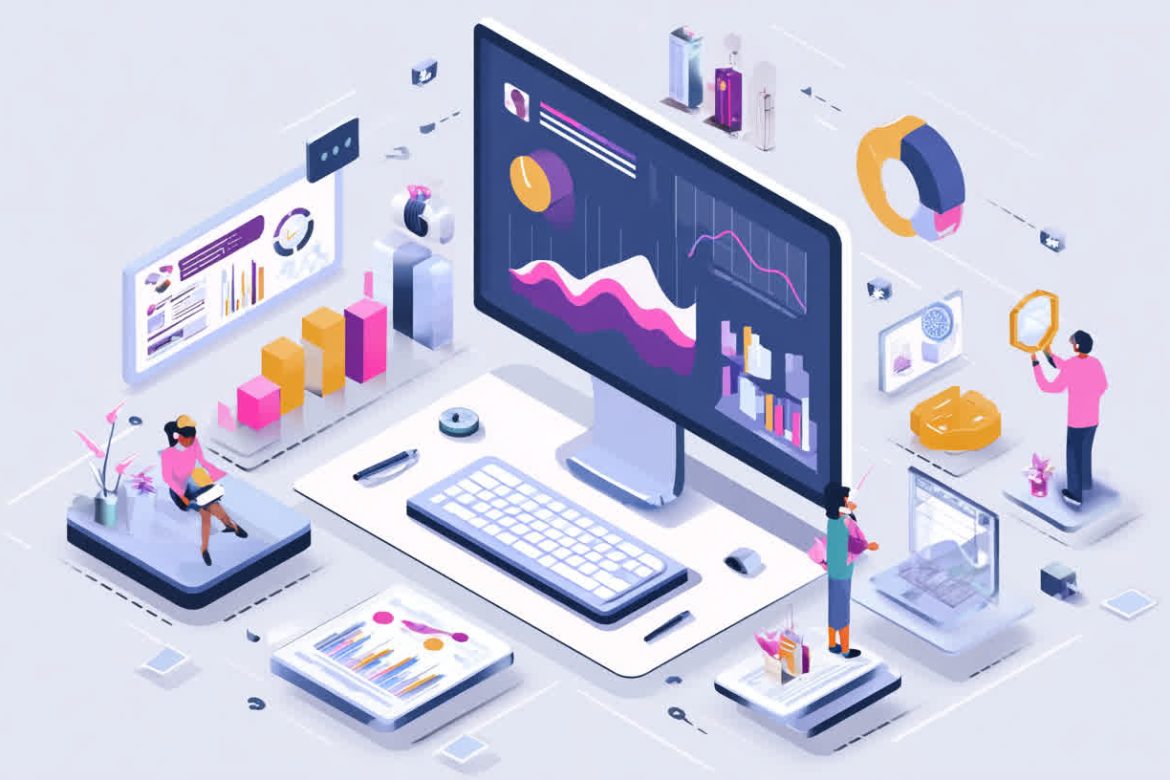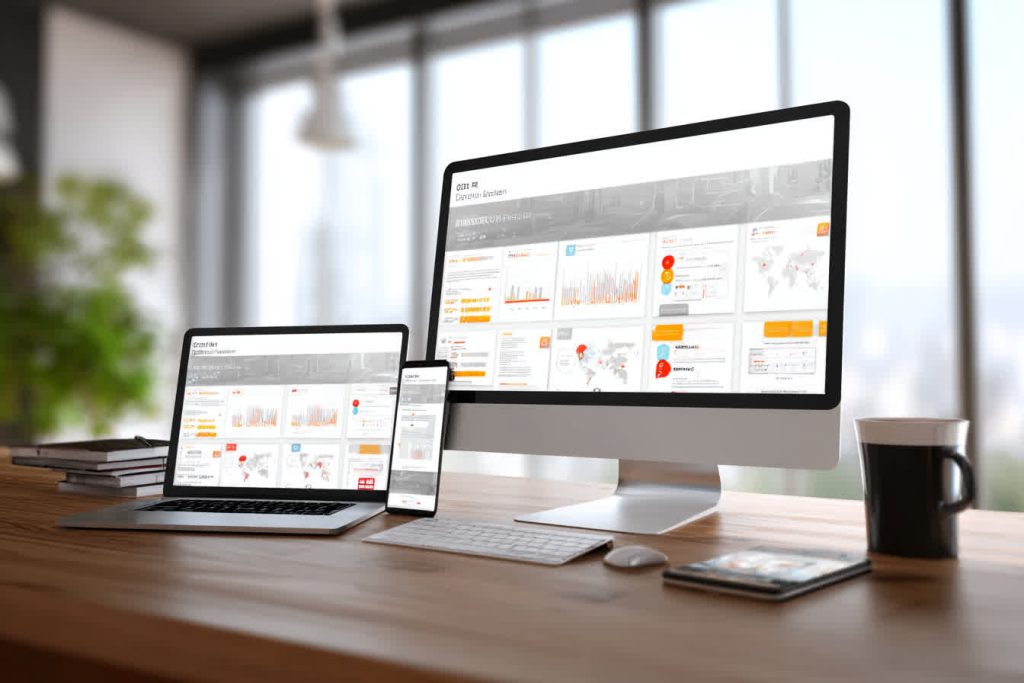
|
Getting your Trinity Audio player ready...
|
If you run a small business in Orlando, your website is often the first impression customers get—long before they call, visit, or book. But how much should you plan to spend in 2025? Understanding web design pricing in Orlando helps you build a realistic small business website budget, avoid hidden costs, and focus on ROI instead of guesswork. This guide breaks down typical website cost 2025 ranges, the factors that move prices up or down, and how to choose the right partner for your project.
What drives web design pricing in Orlando?
Pricing isn’t random. It’s a function of scope, complexity, and business goals. Here’s what most influences cost.
Scope & complexity
- Pages & templates: A five-page brochure site costs less than a 30-page site with multiple unique layouts.
- User journeys: Quote forms, booking flows, gated content, and member areas add planning and build time.
- E-commerce: Catalog size, product options, taxes, shipping rules, and checkout customizations raise complexity.
Platform & tech stack
- WordPress / WooCommerce: Flexible, scalable, wide plugin ecosystem; needs ongoing maintenance.
- Webflow: Visual design speed and clean code; ideal for marketing sites; limited for complex commerce.
- Shopify: Best for SMB e-commerce; app costs and customizations influence total spend.
- Custom/Headless: Top performance and flexibility, but higher initial investment.
Features & integrations
- Online booking, CRM (HubSpot/Kommo), email marketing, reviews, chat, dynamic directories, multi-language, payments (Stripe/PayPal), analytics dashboards—each integration adds planning, dev, and testing time.
Content & brand assets
- Copywriting: Messaging, SEO, and conversion copy are often underestimated.
- Photography/video: Original visuals outperform stock but add production cost.
- Branding: If you need a logo refresh, color/typography system, or UI kit, budget accordingly.
SEO & performance
- Technical SEO: Site architecture, schema markup, Core Web Vitals, redirects, and clean code.
- Local SEO for Orlando: GMB/Google Business Profile optimization, location pages, and local citations.
Accessibility, security, and legal
- ADA/WCAG 2.2 alignment: Better UX for everyone and reduced legal risk.
- Security/Privacy: SSL, firewall, backups, cookie consent, privacy policy, and terms.
Timeline & collaboration
- Speed costs more: Compressed deadlines mean prioritized resources.
- Stakeholder count: More reviewers = more iterations.

Typical price ranges for small business websites in 2025
Below are ballpark ranges for web design pricing in Orlando. Your final website cost 2025 may vary by scope and partner.
- One-page or micro-site (launch pages): $1,500–$3,500
- Starter brochure site (5–7 pages): $3,500–$8,000
- Local service site w/ booking or quote flows (10–20 pages): $6,000–$15,000
- SMB e-commerce (20–100 products): $10,000–$30,000 (plus apps/integrations)
- Content-heavy / multi-location site: $12,000–$35,000
- Custom web app / headless builds: $25,000–$100,000+
- Website-as-a-Service (subscription): $150–$600/month (often includes hosting + updates on a basic scope)
Tip: When comparing proposals, look at deliverables and outcomes (strategy, UX, SEO, content, QA), not just page counts.
Breakdown of common cost components
Strategy & UX
- Discovery workshop, competitor/keyword analysis, user journeys, sitemap, wireframes
Typical: $800–$4,000
UI Design
- Mood boards, high-fidelity layouts, component library, mobile states
Typical: $1,200–$6,000
Development
- Theme/framework configuration, custom templates/blocks, integrations, e-commerce setup
Typical: $2,500–$12,000+
Content
- Conversion copy (home/services/about/location pages), blog setup, product content, microcopy
Typical: $600–$4,000 (copywriting); photography/video varies widely
SEO
- Technical setup (schema, redirects, Core Web Vitals), on-page (titles, headings, internal links), local SEO basics
Typical one-time: $800–$3,000
Ongoing: $500–$2,500/month
Hosting & licenses
- Managed WordPress or cloud hosting, premium plugins/apps, CDN, transactional email
Typical monthly: $25–$120 (basic/managed); $80–$250 (business-grade)
Maintenance & support
- Updates, backups, security, uptime monitoring, bug fixes, small content edits
Typical monthly: $99–$500+ depending on SLA

Sample small business website budget (Orlando, 2025)
Scenario: Local service provider (e.g., home services, clinic, or agency) targeting Greater Orlando with online booking/quote and basic local SEO.
| Line Item | What’s Included | One-Time | Monthly |
|---|---|---|---|
| Strategy & UX | Discovery, sitemap, wireframes, key user flows | $1,500 | — |
| UI Design | Homepage + 3–5 key templates, responsive states | $2,000 | — |
| Development | WordPress or Webflow build, booking/lead forms, CRM/email integration | $3,500 | — |
| Content | Copy for 8–12 pages, basic stock image curation | $1,200 | — |
| Technical SEO | Schema, on-page setup, redirects, speed tuning | $1,000 | — |
| Hosting & Licenses | Managed hosting, premium plugins/apps | — | $45 |
| Maintenance & Support | Updates, security, backups, minor edits | — | $149 |
| Estimated Total | Turnkey launch + aftercare | $9,200 | $194 |
Notes:
- Add $1,000–$2,500 if you need original photography/video.
- E-commerce typically adds $3,000–$10,000 to the build and $30–$150/month for apps.
- A phased approach (launch core pages now, expand later) can lower initial outlay.
How to align your small business website budget with ROI goals
A website is a growth asset, not just a cost. Tie spending to outcomes:
- Define measurable goals.
Examples: 40% more qualified leads in 6 months; 2.5% e-commerce conversion; <2.5s mobile load; top-3 rankings for “Orlando + service”. - Know your unit economics.
- Lead value: Average sale × close rate
- LTV: Average customer value over time
- Break-even traffic or leads needed to cover build + 12 months of care
- Model a simple ROI. ROI=Expected 12-mo revenue lift−(Build+12-mo ops)Build+12-mo ops\text{ROI} = \frac{\text{Expected 12-mo revenue lift} – (\text{Build} + \text{12-mo ops})}{\text{Build} + \text{12-mo ops}} Example: If a $9,200 build + $2,328 annual ops yields 30 extra customers × $600 gross profit = $18,000, then
ROI ≈ (18,000 − 11,528) / 11,528 ≈ 56% in year one. - Prioritize features by impact.
Launch the pages and flows that most influence revenue first (service pages, quote/booking, reviews, location pages). - Plan content for ranking & conversion.
Pair local SEO (Orlando suburbs/areas) with conversion copy (benefits, FAQs, trust signals). This reduces paid ad dependence.
Tips for choosing the right web design agency or freelancer in Orlando
Use this 10-point checklist to qualify partners and control your small business website budget:
- Local outcomes, not just pretty sites: Ask for Orlando case studies with traffic/lead metrics, not just screenshots.
- Discovery first: A paid or structured discovery avoids “surprise” scope creep later.
- Transparent proposals: Clear line items, responsibilities, and change-order process.
- SEO is included (properly): Technical setup, on-page, and local SEO basics—not just “meta tags”.
- Performance focus: Commitment to Core Web Vitals and fast mobile loads.
- Accessibility: WCAG-aware design/dev to reduce friction and risk.
- Content plan: Who writes, edits, sources images, and by when?
- Ownership & portability: You own the domain, content, and accounts; avoid lock-in.
- Support SLA: Response times, update cadence, emergency procedures.
- Analytics & reporting: GA4/consent setup, conversion tracking, and monthly insights.
Cost-saving strategies (without sacrificing quality)
Smart planning can bring the website cost 2025 down while preserving results.
- Phase your roadmap: Launch a high-impact MVP (home, services, locations, lead/booking) and expand later.
- Use proven components: Start from a well-built theme or design system; customize only where it matters.
- Prioritize top 20% pages: Give A-level design/copy to revenue pages; templatize the rest.
- Leverage stock + light editing: Until you can budget original photography, use curated stock that matches your brand.
- AI-assisted drafting + human editing: Speed up first drafts for blogs and FAQs; keep humans for strategy and conversion copy.
- Choose the right platform: Don’t overbuild—Shopify for stores, WordPress/Webflow for marketing sites.
- Automate lead handling: Simple CRM + email sequences increase ROI without heavy custom code.
- Bundle maintenance: A support plan costs less than emergency fixes and missed leads.
Common budgeting mistakes to avoid
- Picking the lowest bid. Cheap builds often skip SEO, performance, and QA—costing more post-launch.
- Ignoring content. Design without strong copy won’t convert.
- No tracking plan. Without GA4 and conversions, you can’t prove ROI.
- Platform lock-in. Insist on owning your hosting, domain, analytics, and third-party accounts.
- Unclear scope. Vague requirements = scope creep and surprise invoices.
- Underfunding aftercare. No maintenance → slow, insecure site and conversion drop.
- Rushing timelines. Compressed schedules inflate cost and increase errors.
FAQ: quick answers for Orlando SMBs
What is a realistic small business website budget in Orlando for 2025?
For most local service businesses, $6,000–$15,000 for a professional build plus $150–$300/month for hosting and maintenance.
How long does it take?
A focused 8–12 page site typically runs 4–8 weeks with timely content and feedback. E-commerce or complex features extend timelines.
Can I start small?
Yes—launch core pages and booking/lead flows first, then add blog, locations, and advanced features as revenue grows.
Conclusion: budget with clarity, build for ROI
A clear view of web design pricing in Orlando lets you plan a small business website budget that supports growth—not just a redesign. In 2025, expect transparent scopes, measurable outcomes, and platforms that fit your use case. Prioritize strategy, content, SEO, and performance, and phase the rest.
Ready to get precise numbers for your project? Request a custom quote from Krotov Studio. We’ll map your goals, propose a right-sized scope, and deliver a site that’s fast, findable, and built to convert.
